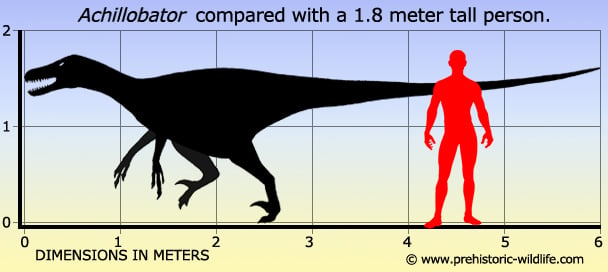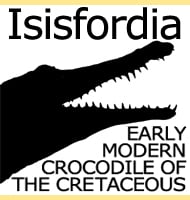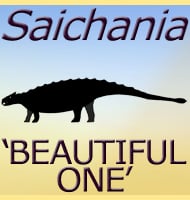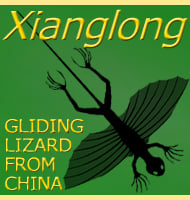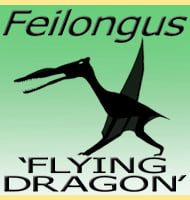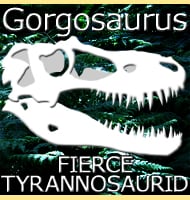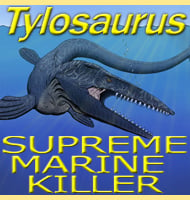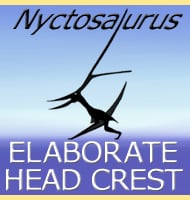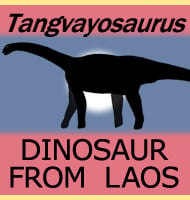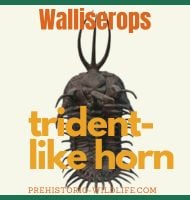In Depth
Although discovered in a joint Mongolian and Russian dig in 1989, Achillobator did not get named until 1999. These remains are very fragmentary but do suggest that Achillobator was a particularly large dromaeosaurid dinosaur. The achilles tendons seem to have been particularly well developed, probably to account for the extra size and weight of the body, and were referenced in the naming of the genus.
Achillobator has in the past been accused of being a fossil chimera, which in the simplest terms means that the fossil material attributed to the genus actually represents more than one kind of dinosaur. The main support for this theory is that the pubis (most forward bone of the hips) points vertically down. In all other known dromaeosaurids the pubis points backwards similar to birds, something that often leads to the pubis pointing in the same direction as the ischium (the bone at the rear of the hips). Despite this claim however some of the skeletal remains of Achillobator were found partially articulated, and the other bones all show dromaeosaurid characteristics. General opinion today points to Achillobator being a dromaeosaurid, but one with a unique hip structure.
Additional study of Achillobator has yielded the conclusion that it was most closely related to the dromaeosaurids Dromaeosaurus and Utahraptor, the latter being a particularly large dromaeosaurid.
Further Reading
– A new maniraptoran theropod – Achillobator giganticus (Dromaeosauridae) – from the Upper Cretaceous of Burkhant, Mongolia – Contributions of the Mongolian-American Paleontological Project, 101: 1–105 – A. Perle, M. A. Norell & J. Clark – 1999.
